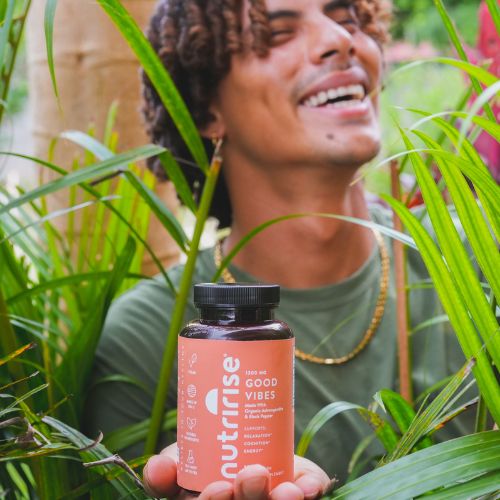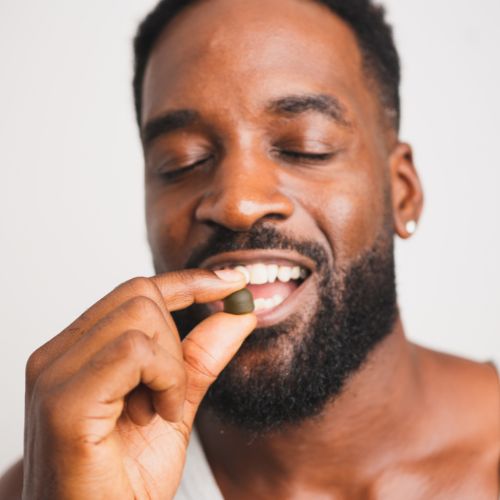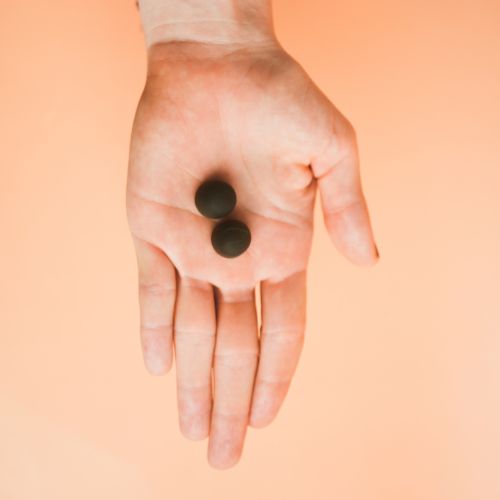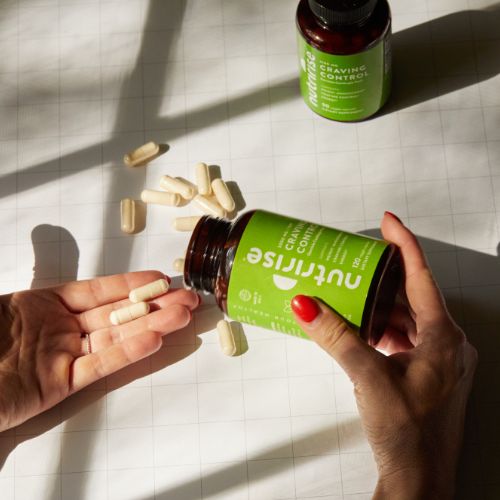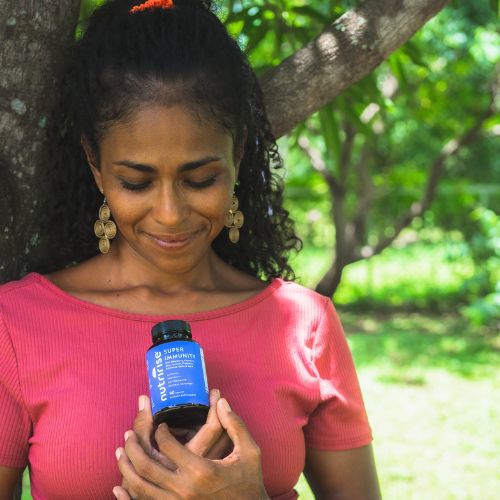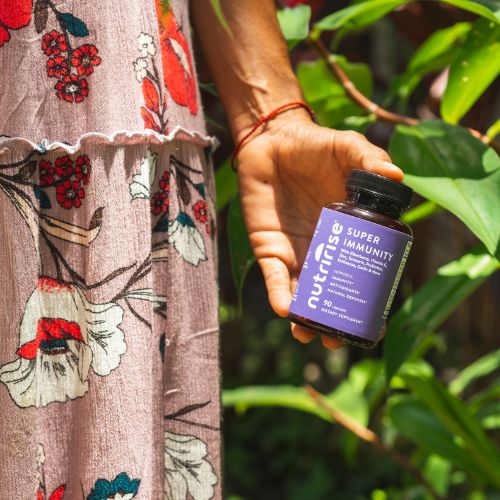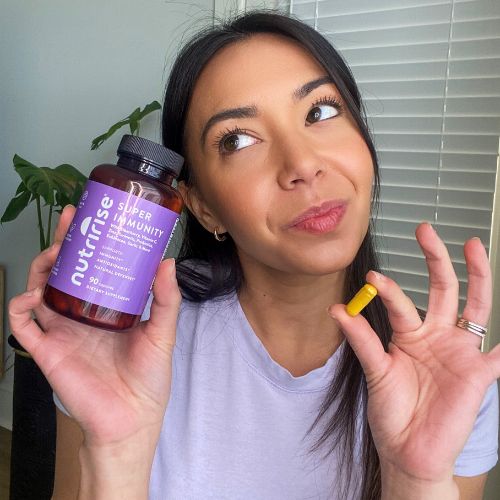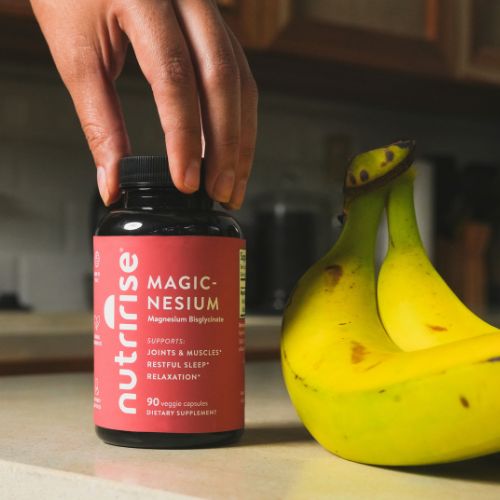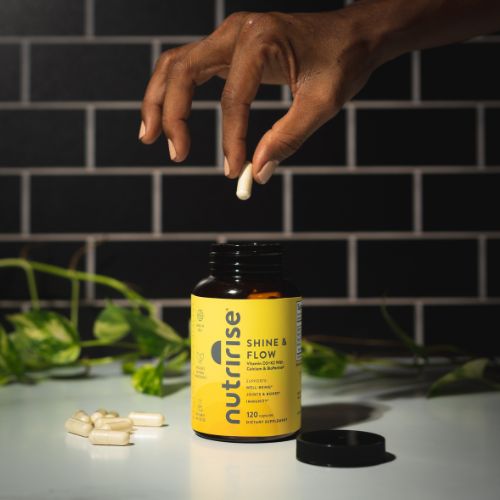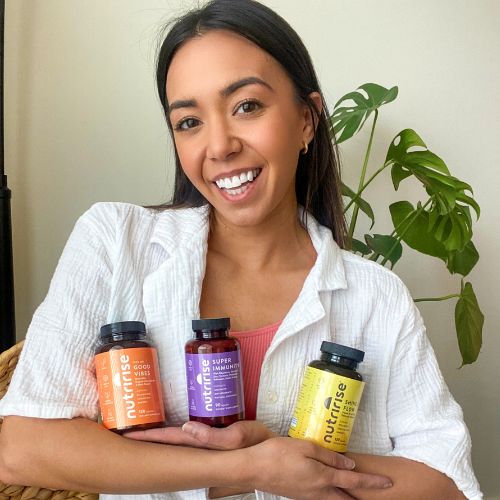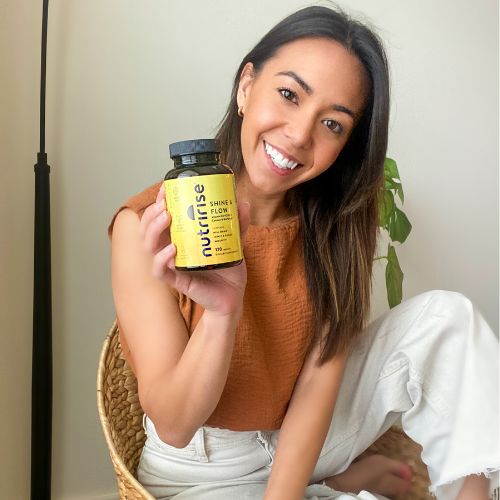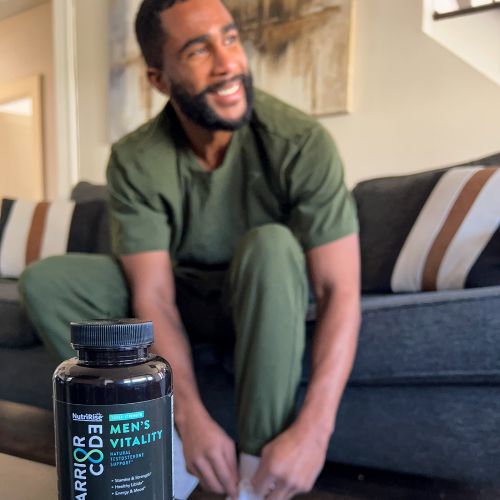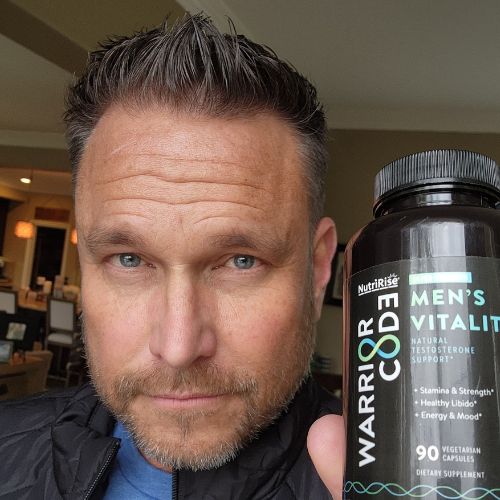Understanding the correct dosage for vitamin D supplementation is crucial, as there is a discrepancy among recommended dosages. While 600 IU (15 mcg) per day is often suggested to maintain a minimum level of 20 ng/ml (50 nmol/l) of 25-hydroxy vitamin D, the Endocrine Society recommends higher doses for individuals who are insufficient or deficient. Factors such as body weight, lifestyle, and current vitamin D levels affect the optimal dosage. Supplementing with vitamin D3, along with vitamin K2 and calcium, can provide synergistic effects for bone health. However, it's important to avoid exceeding safe levels of vitamin D to prevent toxicity.
If you are unsure about the correct dosage for your vitamin D supplement, then you're not alone!
Although medical doctors and scientists agree that supplementation is the best way to prevent a vitamin D deficiency, there is a considerable discrepancy among the recommended vitamin D dosages by different experts and medical organizations.
For example, 100 IU of vitamin D per day was officially considered adequate to prevent skeletal deformities in the 1940s.
Later, the recommended vitamin D intake was increased to 200 IU daily, which was considered sufficient for both children and adults.
But after the 1970s, doctors finally developed clinical tests for measuring vitamin D levels. Once their widespread use began, they estimated that more than one billion people worldwide were either vitamin D deficient or insufficient (1).
In reality, the most optimal intake will vary from person to person. It depends on individual factors such as your basal vitamin D levels, body weight, lifestyle, use of sunscreen, etc.
Keep reading to discover the most suitable dosage recommendations for you and how much is too much to ensure you get sufficient vitamin D.









